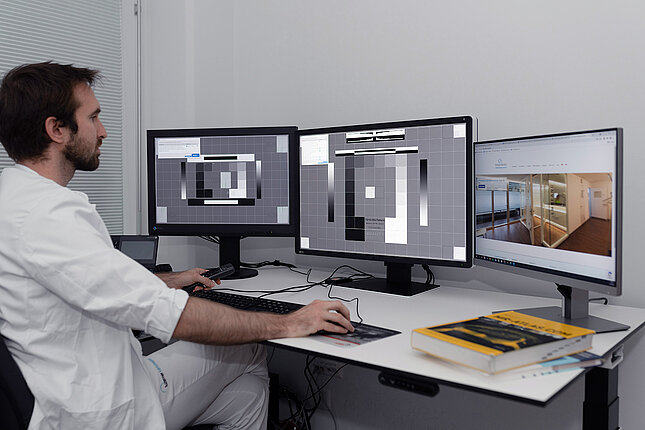
The digitalisation of pathology has made it easier to assess the smallest cell and tissue structures, which are now transferred to screens via high-quality opto-electronic microscopes, where they can be viewed in the greatest detail. The monitors must provide an excellent image quality so that even the slightest changes or anomalies can be detected.
Ideal for individual requirements in pathology
EIZO monitors are optimally equipped for this challenge. Not only do they have an excellent screen resolution, but they also display colours with outstanding accuracy. A high (spatial) resolution, a wide gamut, a deep black level, homogeneous illumination, a reproduction curve that can be calibrated according to individual requirements and consistent image reproduction quality clearly reproduce even small tissue structures. When using EIZO monitors for pathology diagnosis, the entire system including the scanner must be evaluated.
What is important when choosing a monitor for pathology
Other important points
Image brightness
The Bundesverband Deutscher Pathologen e.V. (National Association of German Pathologists) recommends an image brightness of at least 300 cd/m2 for monitors used in pathology diagnostics. This roughly corresponds to what you would see under a conventional microscope. To maintain a consistent brightness over time, monitors that offer much higher brightness levels are recommended to provide a buffer to allow for the aging of the device and stricter brightness standards in the future.
Contrast
To ensure high differentiability in dark and bright areas on an image and be able to control homogeneity, a contrast ratio of min. 1000:1 (static contrast ratio) is recommended for a monitor used in pathology diagnostics.
Billions of colours for precise colour gradation
It is important for the work of pathologists that all monitors meet the established colour standards.
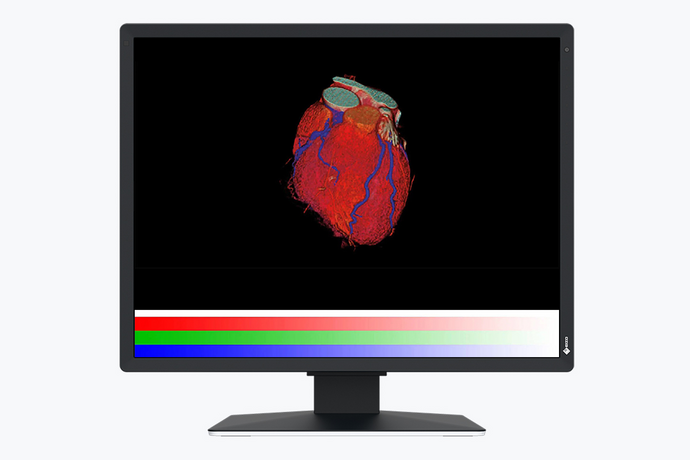
Colour gradient with 13-bit LUT
Quality control software
Quality control software for medical monitors helps in performing monitor validation tests according to national and international quality standards and in adapting the monitor to the specific working environment.
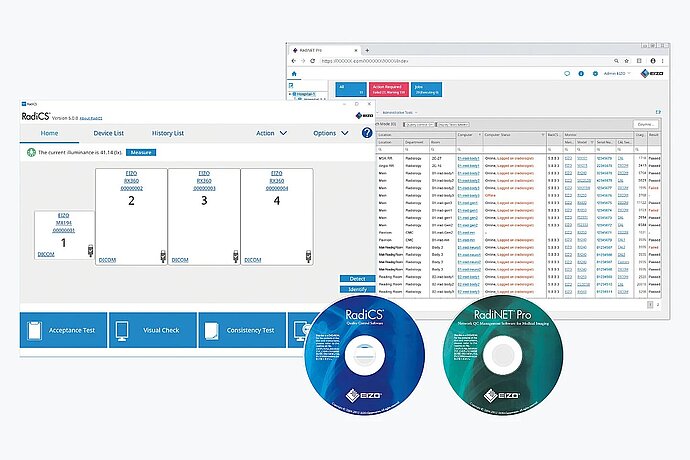
Learn more
EIZO Pathology Guide
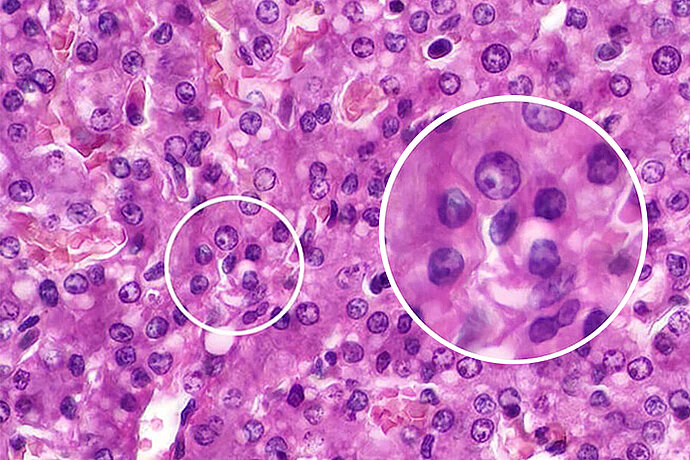
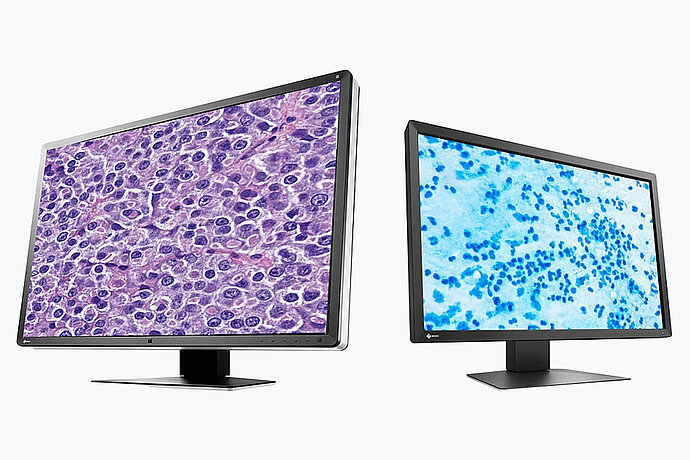

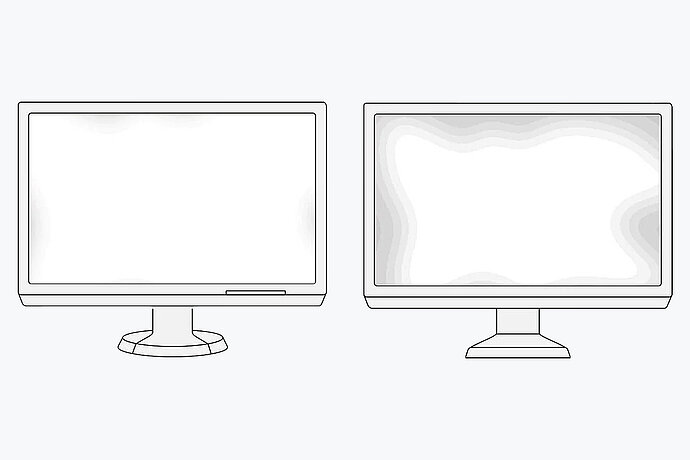
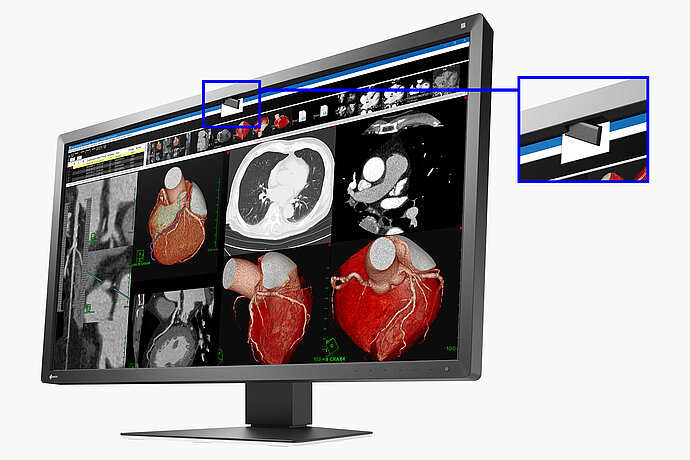

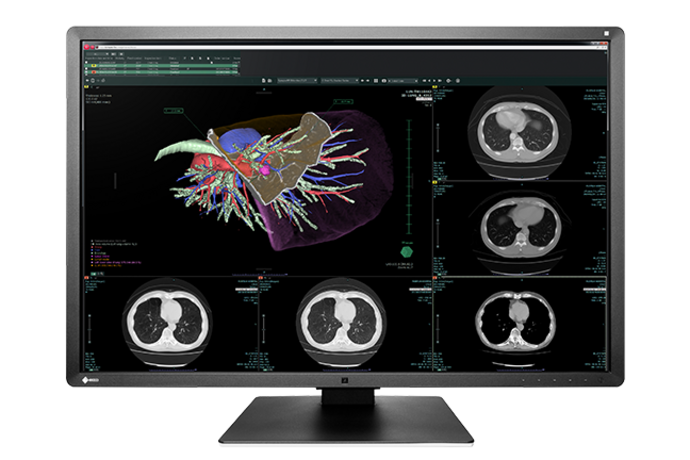


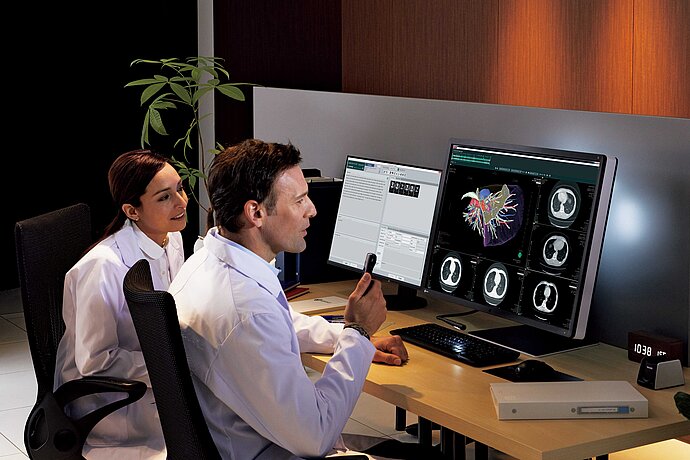
![[Translate to English:] Referenzzentrum Mammografie Nord [Translate to English:] Referenzzentrum Mammografie Nord](https://cdn.eizo.de/fileadmin/_processed_/c/8/csm_MammoNord_image_2_5f0b533dec.jpg)
![[Translate to English:] MVZ Radiologie Karlsruhe [Translate to English:] MVZ Radiologie Karlsruhe](https://cdn.eizo.de/fileadmin/_processed_/b/3/csm_MVZ_image_2_7551b8c721.jpg)
